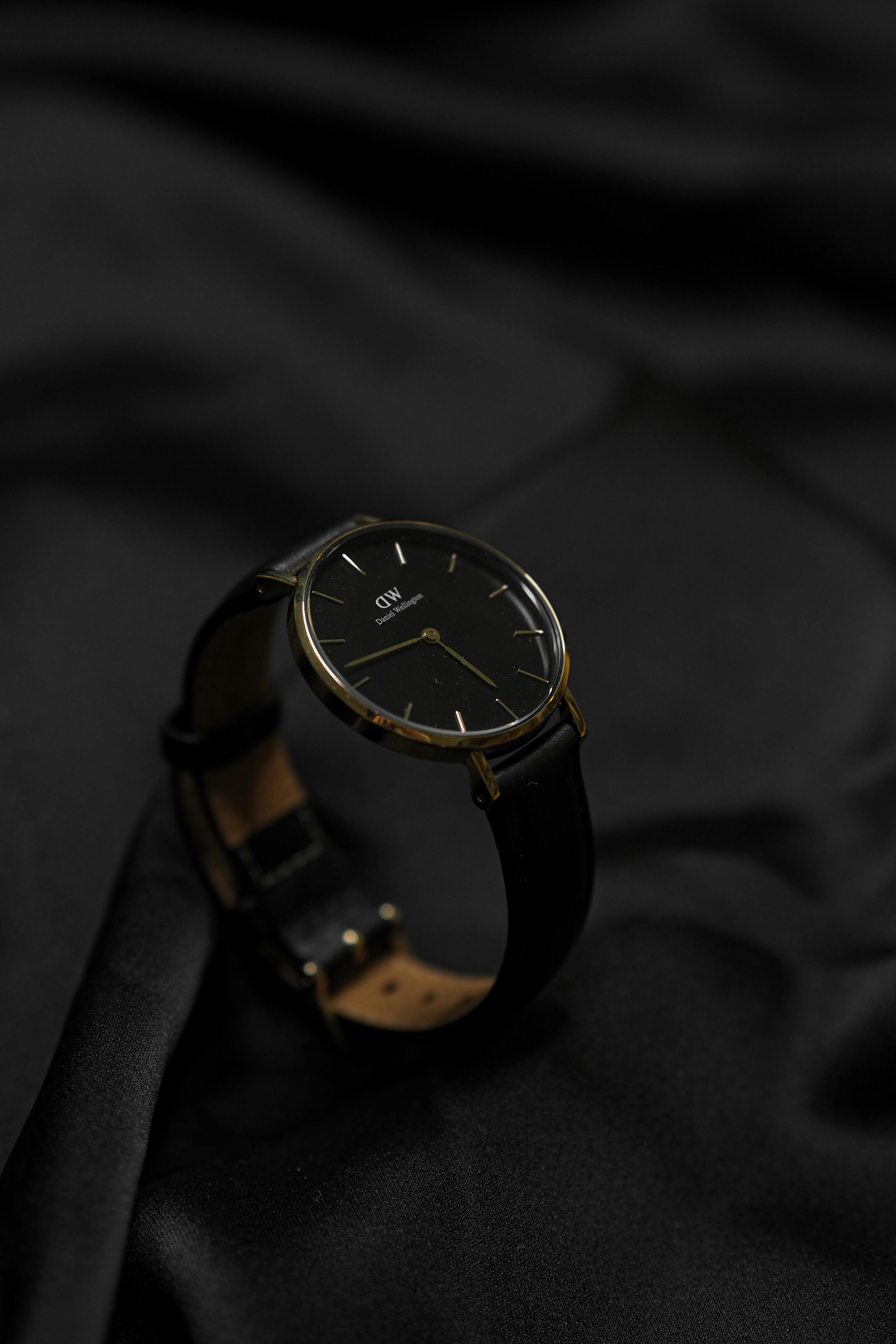Materials explained: comparing metals, beads, and leather for wrist pieces
Choosing the right wristwear involves more than picking a look — material affects comfort, longevity, maintenance, and how a piece fits into your wardrobe or gifting plans. This short overview highlights the main differences between metals, beads, and leather for wrist pieces, and outlines considerations around style, sizing, care, customization, and sustainability to help you decide.

Materials explained: comparing metals, beads, and leather for wrist pieces
Finding the right wristwear means balancing style, durability, and daily comfort. Metals, beads, and leather each bring distinct advantages: metals offer longevity and a range of finishes, beads provide color and texture for minimal or statement looks, and leather delivers a casual, tactile appeal. Understanding sizing, maintenance, and sustainability considerations makes it easier to choose pieces that work for stacking, gifting, or custom orders while keeping accessories functional over time.
What metals suit wristwear and jewelry?
Metals such as sterling silver, gold (filled or solid), stainless steel, and plated base metals present different profiles for jewelry. Silver and gold bring classic sheen and are often used in minimal and stackable pieces; sterling silver can tarnish and needs periodic polishing, while gold-filled or solid gold resists tarnish longer. Stainless steel is hypoallergenic for many people and offers a durable, low-maintenance option for everyday wear. Consider metal weight and clasp types when selecting metals for comfort and sizing.
How do beads affect style and stacking?
Beaded bracelets range from tiny seed beads to larger semi-precious stones and glass beads, which allows for versatile styling. Delicate beaded wrist pieces work well for minimal, layered looks; larger beads create a statement feel. Beads also influence weight and movement — gemstone beads add heft, while acrylic or wooden beads are lightweight and casual. When stacking, mix metals and bead textures to balance color and scale; string durability and knotting methods are important for long-term wear.
When is leather preferred for accessories?
Leather bracelets tend to read as casual, handmade, or artisanal accessories. They pair well with both masculine and feminine styles and can be found in cuff, braided, or strap formats. Full-grain leather ages with patina, offering a sustainable lifespan when sourced and treated responsibly. Leather requires different care than metal or beads — keep it dry, avoid prolonged sun exposure, and apply leather-specific conditioners sparingly. Consider adjustable closures for custom fits when gifting leather wristwear.
How to approach sizing, care, and maintenance?
Accurate sizing keeps wristwear comfortable and secure. Measure wrist circumference with a flexible tape and add 0.5–1.5 cm for a snug fit or 2–3 cm for looser wear, adjusting based on clasp type and material flexibility. For maintenance, clean metals with appropriate cloths and mild solutions, restring beaded pieces when cords show wear, and treat leather occasionally with a conditioner designed for the hide type. Store pieces separately to prevent scratching and avoid exposing plated metals or porous beads to perfumes and lotions for longer life.
How to choose custom, handmade, or sustainable pieces for gifting?
Custom and handmade suppliers often allow choices in materials (silver, gold vermeil, natural beads, or vegetable-tanned leather) and sizing, making them suitable for meaningful gifts. Look for clear material disclosures and sustainable practices — recycled metals, ethically sourced gemstones, and vegetable-tanned leather reduce environmental impact. Handmade pieces often support local services and artisans in your area; verify lead times, return policies, and repair options before purchasing. For gifting, minimal and stackable pieces tend to suit varied wardrobes while statement handmade items work when you know recipient preferences.
| Product/Service Name | Provider | Key Features | Cost Estimation |
|---|---|---|---|
| Sterling silver chain bracelet | Mejuri | 925 silver, minimal design, lightweight | ~$70–$150 |
| Leather cuff bracelet (genuine) | Fossil | Stitched leather, metal hardware options | ~$40–$120 |
| Handcrafted beaded bracelet (semi-precious) | Chan Luu / Etsy artisan | Semi-precious stones, handmade, custom sizing | ~$30–$150 |
Prices, rates, or cost estimates mentioned in this article are based on the latest available information but may change over time. Independent research is advised before making financial decisions.
Practical cost and real-world pricing insights
Material choice strongly influences price: simple plated metal or synthetic beads are typically at the lower end, sterling silver and quality leather sit in the mid-range, and solid gold or high-grade gemstones increase costs significantly. Handmade and custom options add labor and customization fees. When budgeting, factor in potential long-term care or repair costs and consider warranties or local repair services for metalwork or restringing.
How to balance sustainable, minimal, and statement intentions
If sustainability matters, seek recycled metals, certified gemstones, or responsibly produced leather. Minimal jewelry favors thin metal bands or tiny bead strands that layer easily and often use fewer materials. For statement pieces, prioritize construction quality — secure clasps, reinforced cords for beads, and solid stitching for leather — so the visual impact lasts. Handmade items can bridge sustainability and unique design, but verify supplier practices and materials before purchase.
A clear understanding of metals, beads, and leather helps match wrist pieces to style goals, maintenance willingness, sizing needs, and gifting intentions. Each material brings trade-offs in appearance, longevity, and environmental impact; choosing with those factors in mind leads to wristwear that fits your daily life or curated collections.






